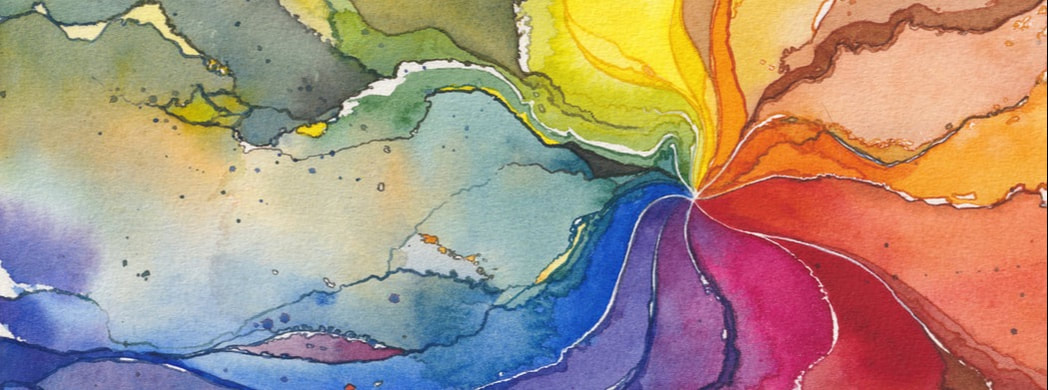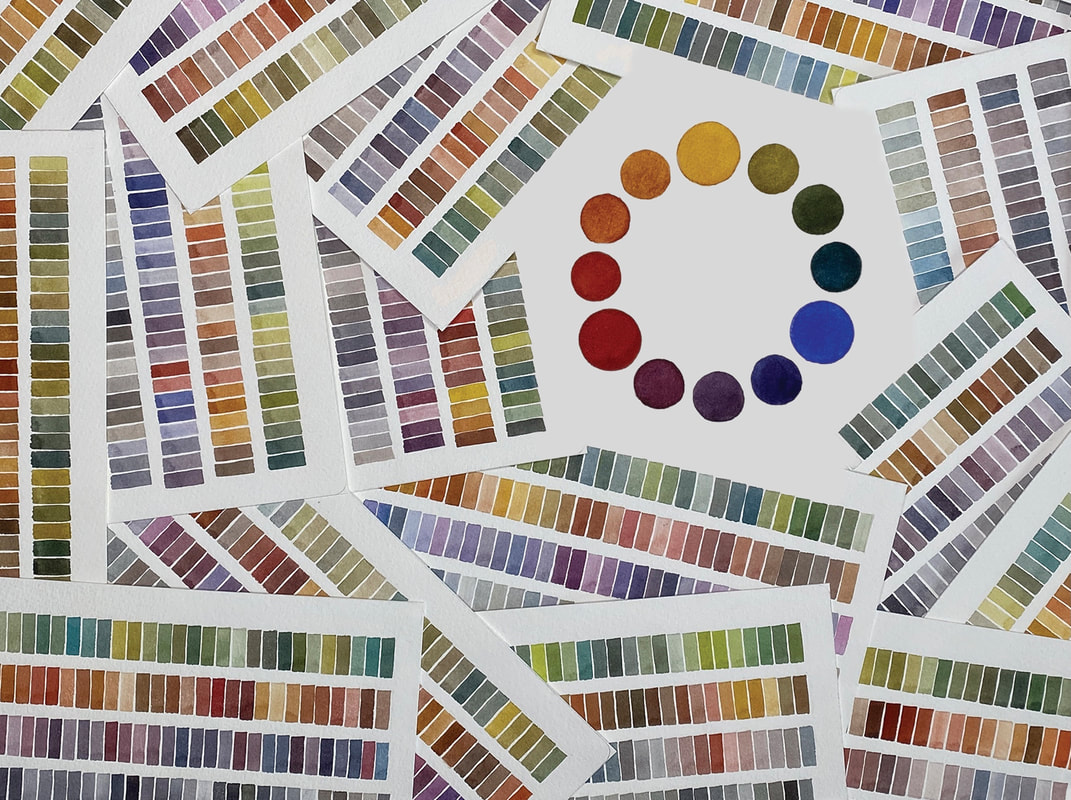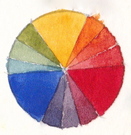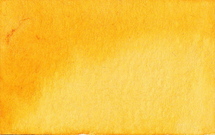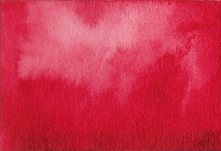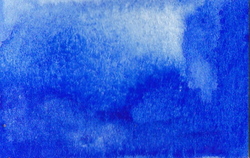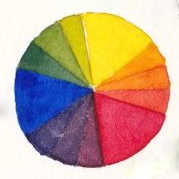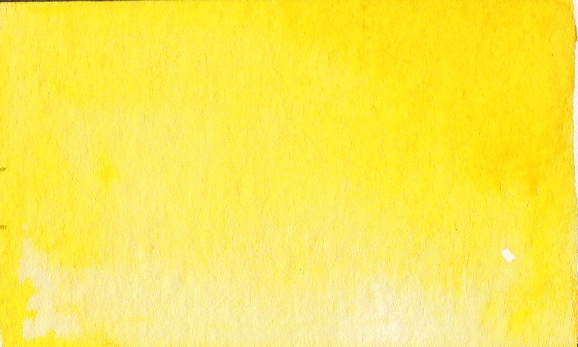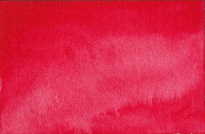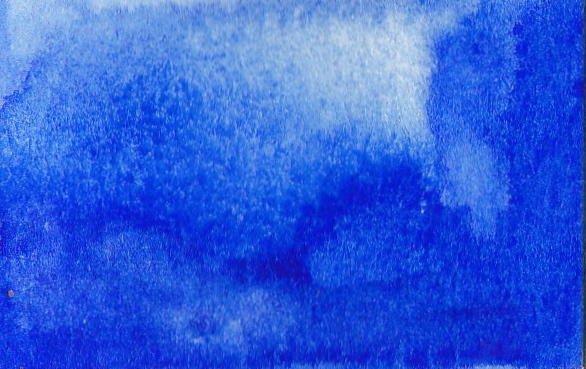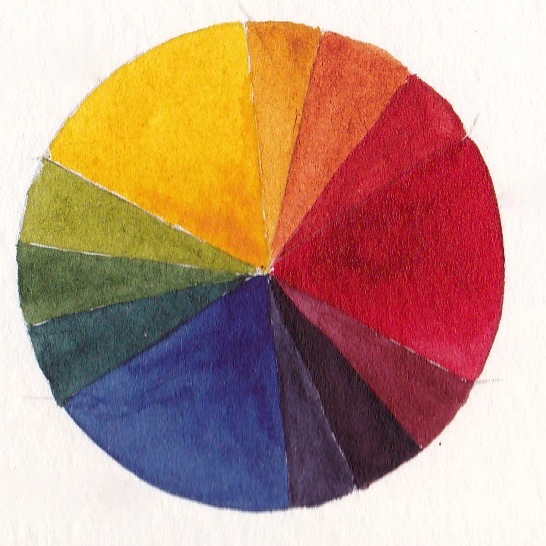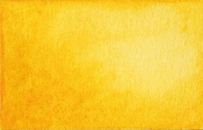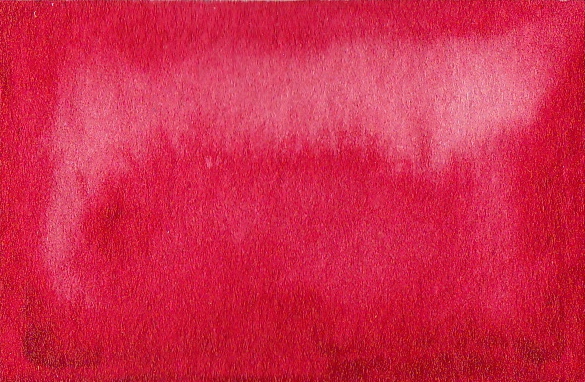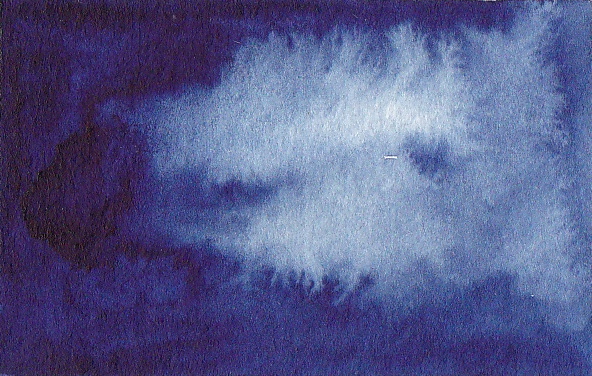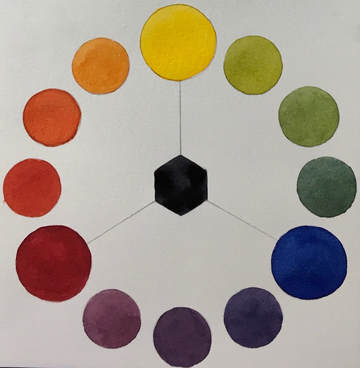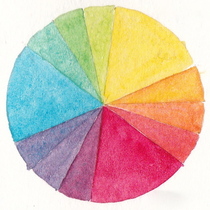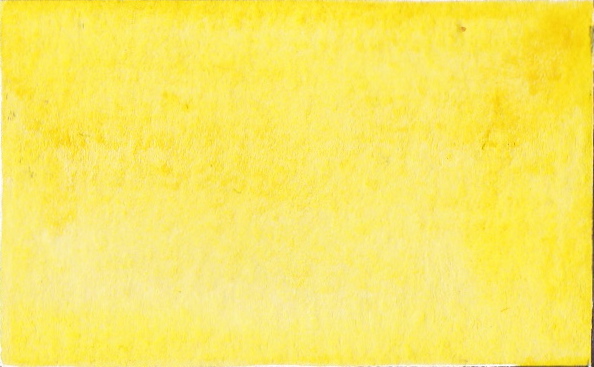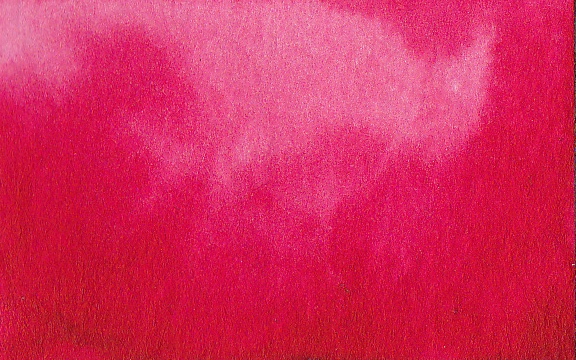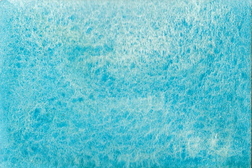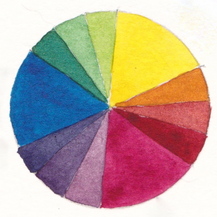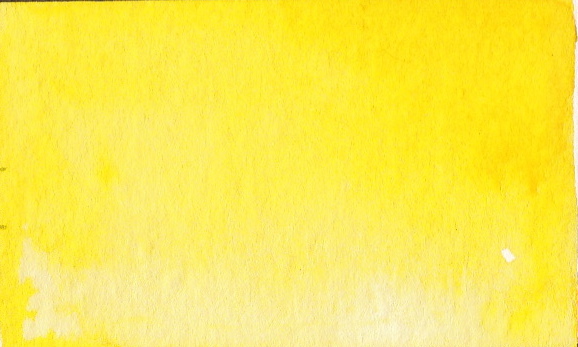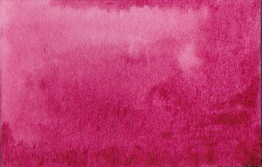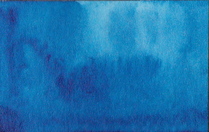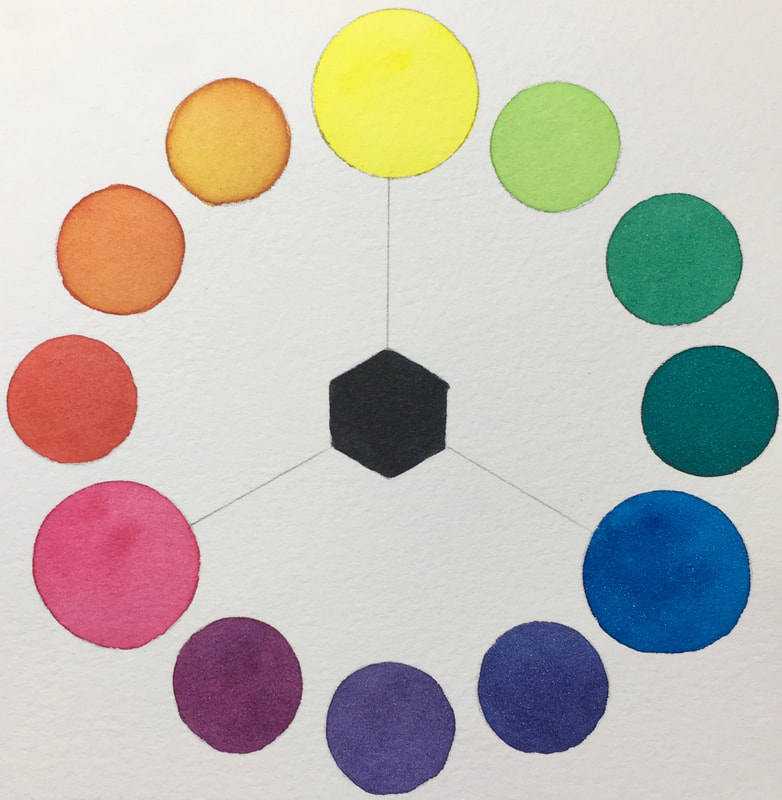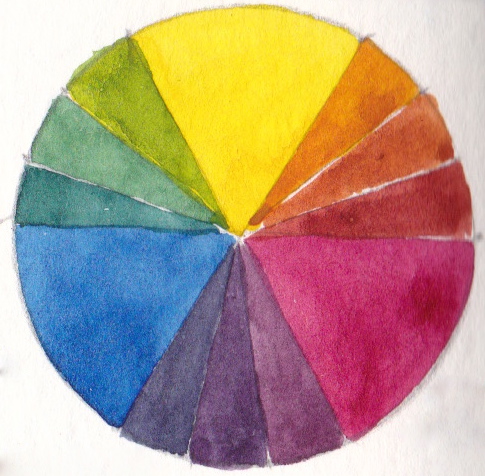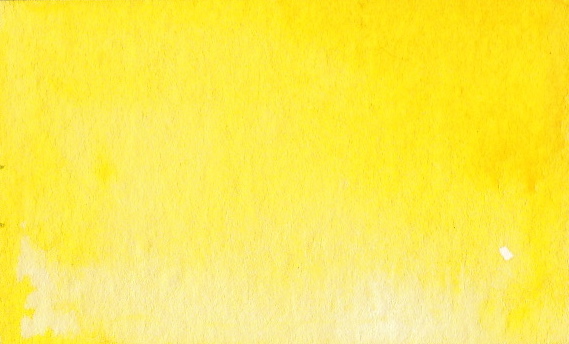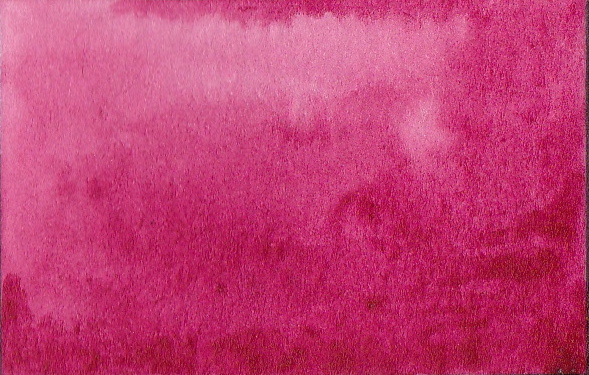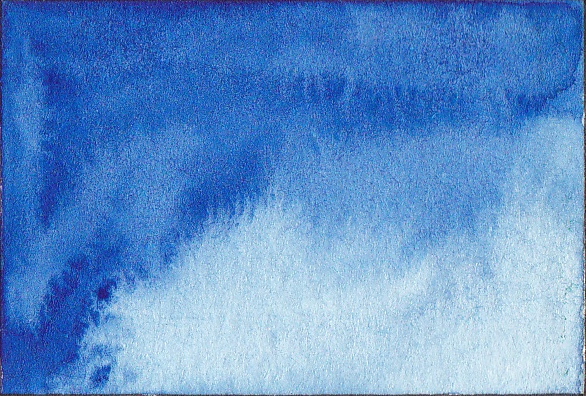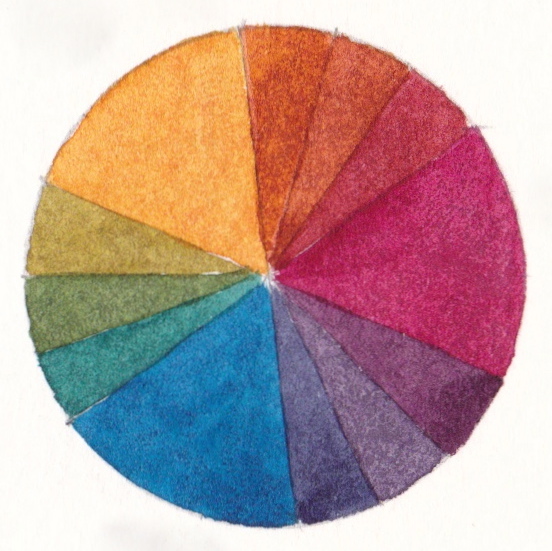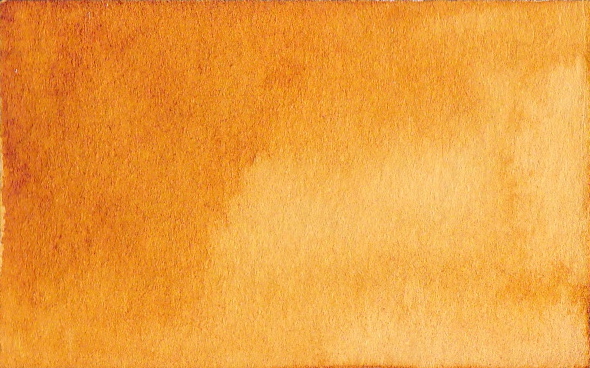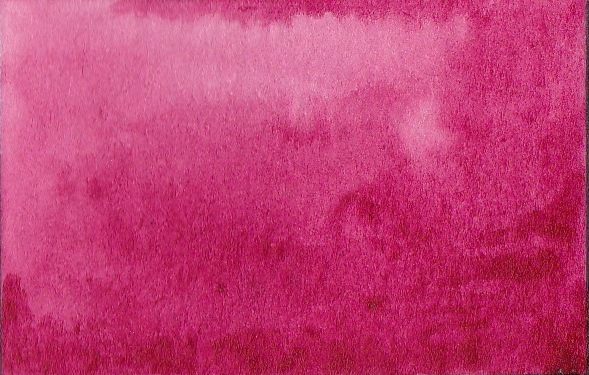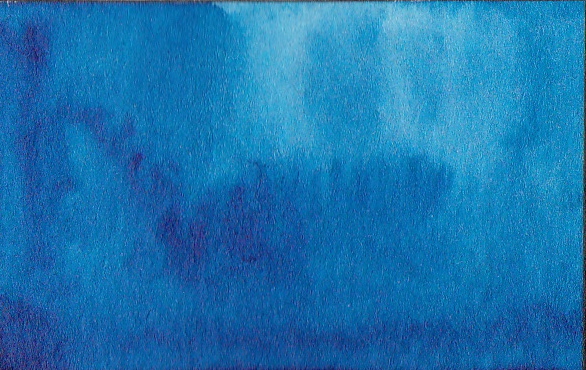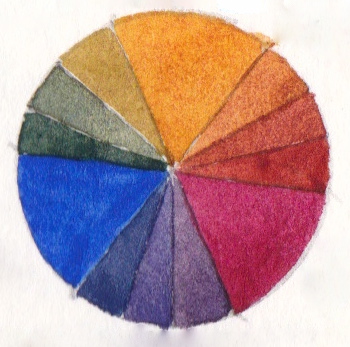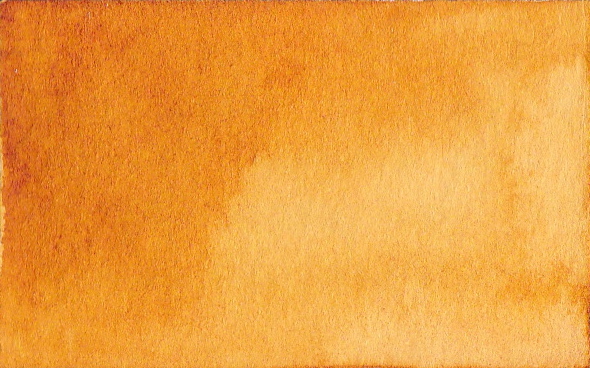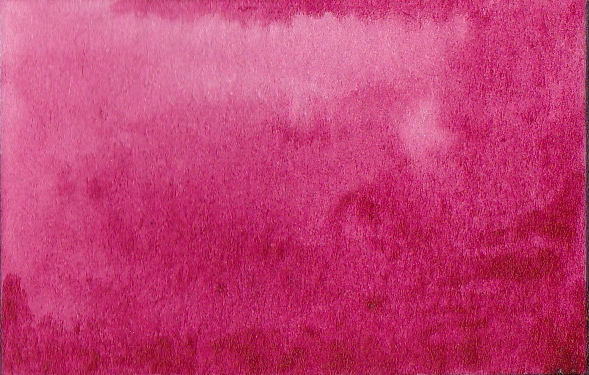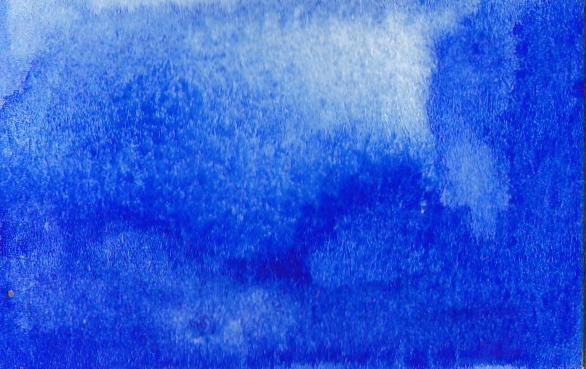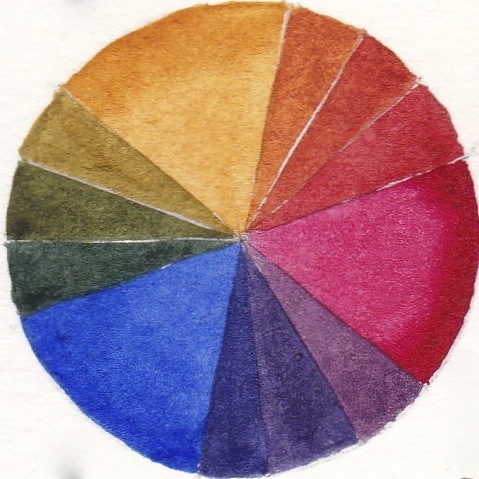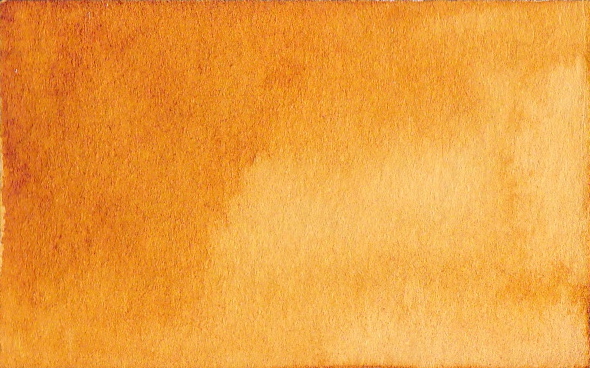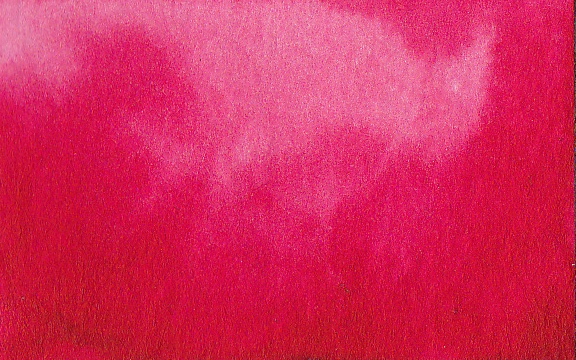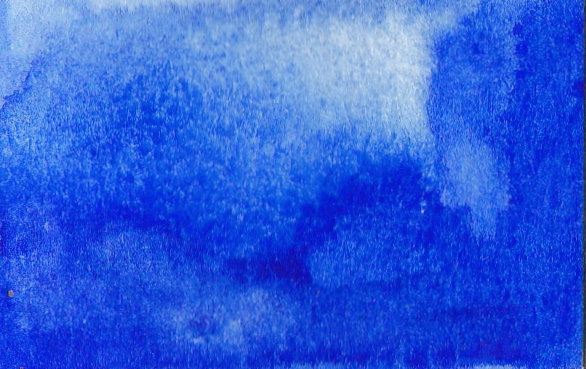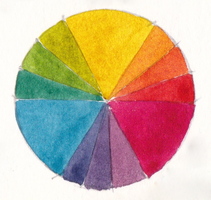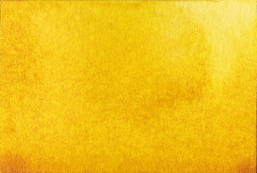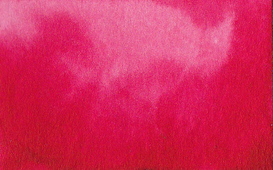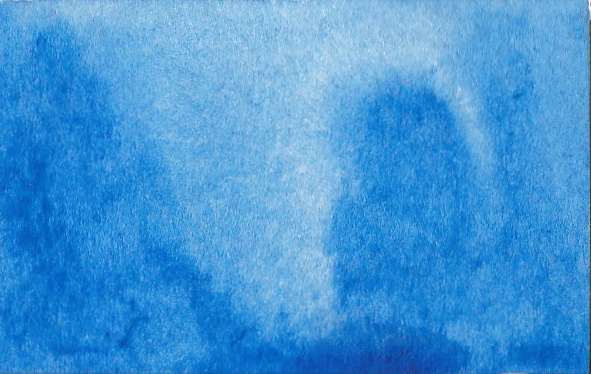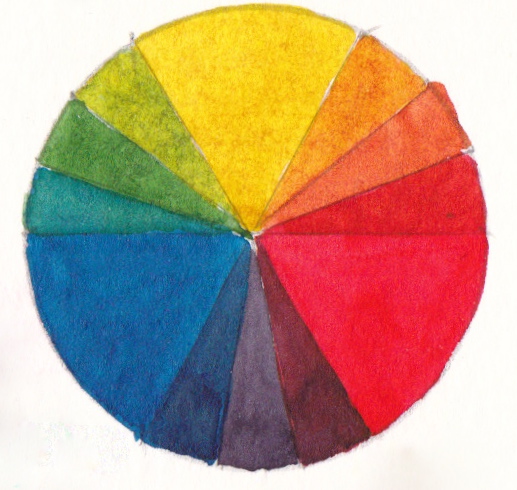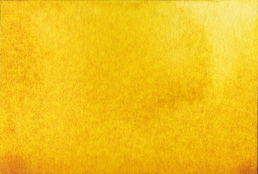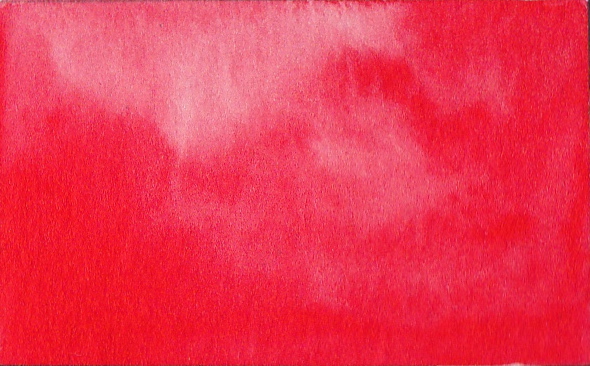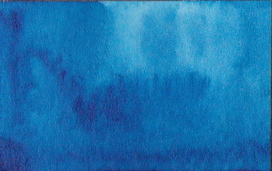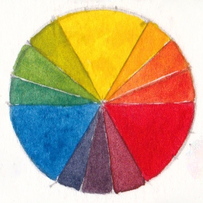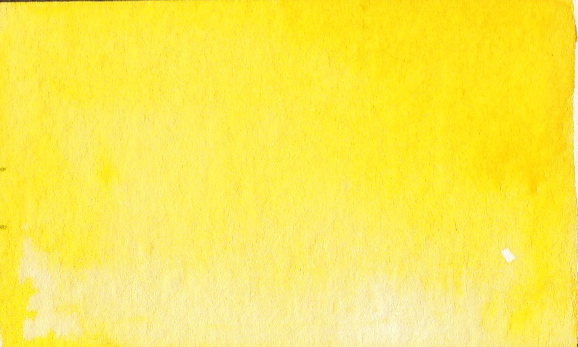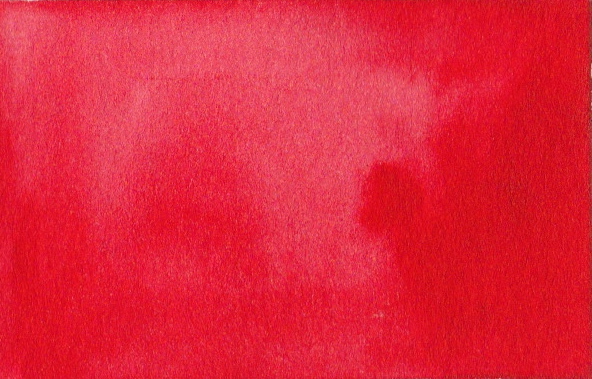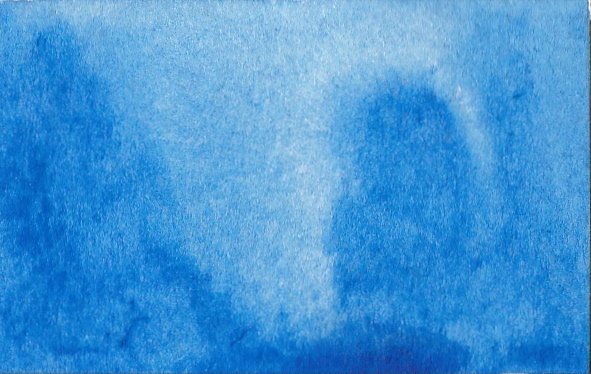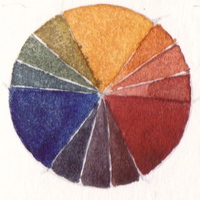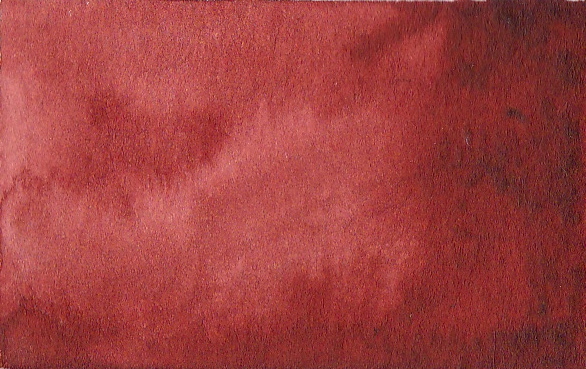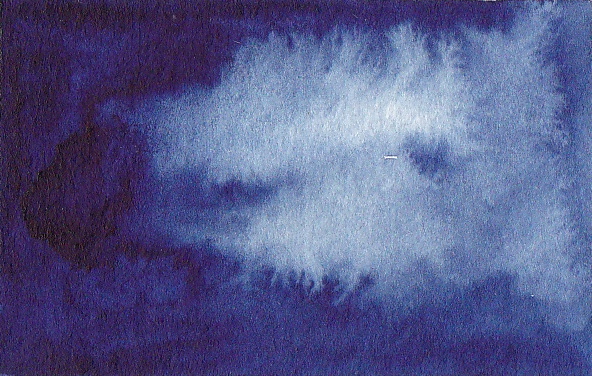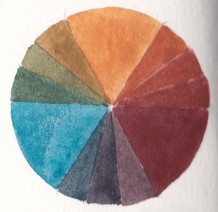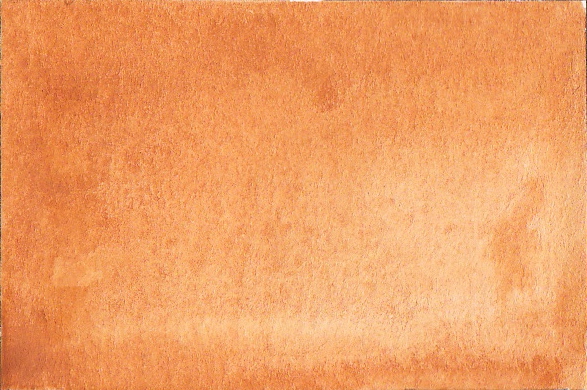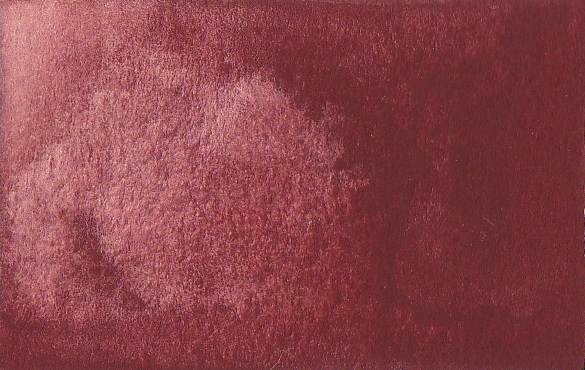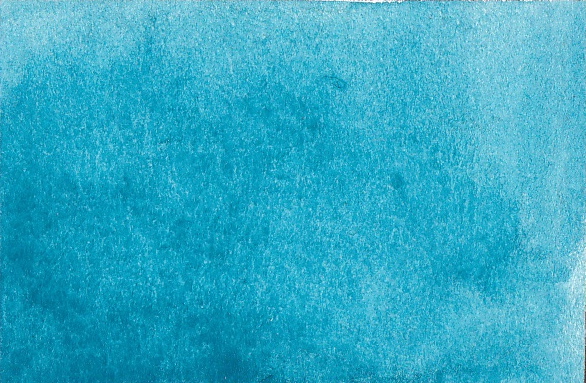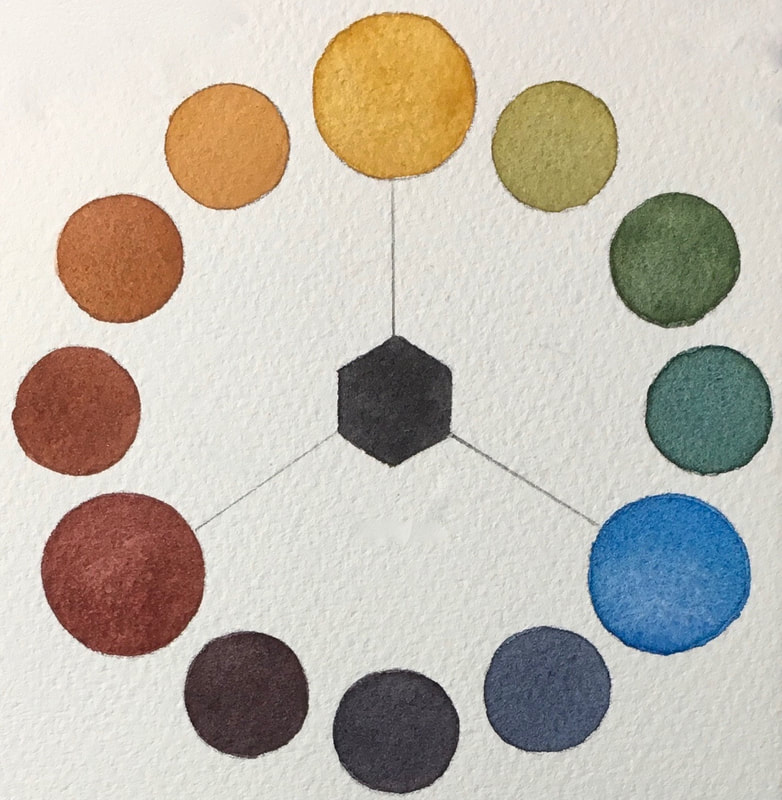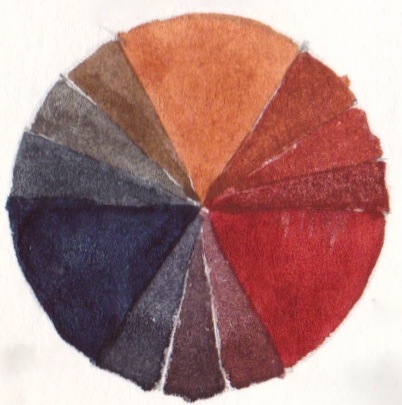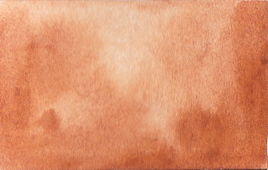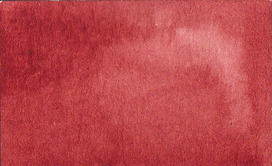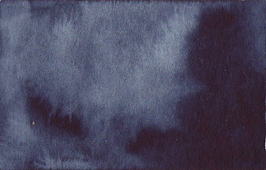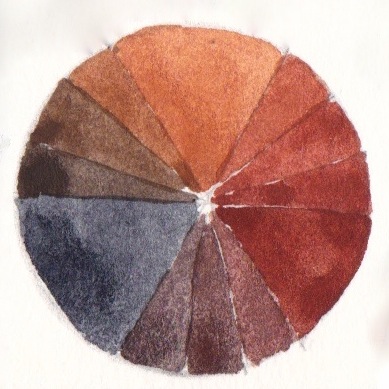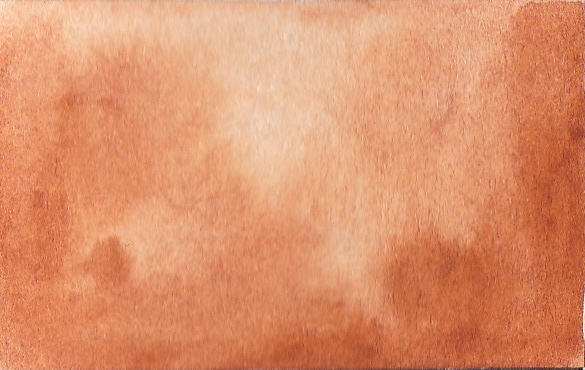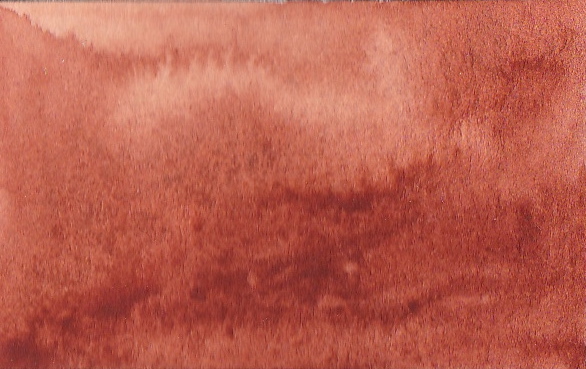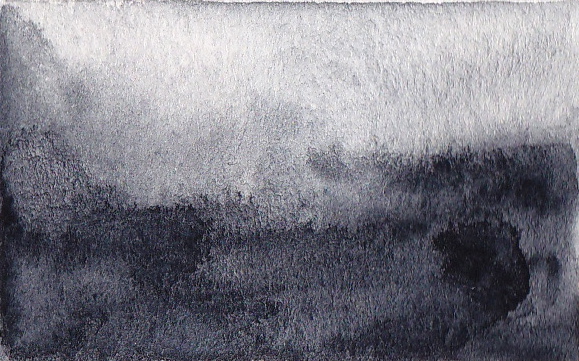Watercolour Triads - book available now!I have just published a book called Watercolour Triads that explores a huge range of triads using my Ultimate Mixing set, as well as other interesting pigment options. Part of the cover is visible here - created with a basic primary triad of Ultramarine, Quinacridone Rose and Hansa Yellow Medium. The book will include charts made with the tertiary mixes of many tiriads, as shown left, and some painted examples. Here is the link for the Hard Cover Image Wrap with premium matt paper. Here is the link for the Softcover with premium matt paper. Here is the link to the eBook - with a file for Amazon and for Apple readers in fixed format. |
In Oils and Acrylics it is common for artists to have a fairly limited palette. This may include one or two reds, one or two yellows, probably two blues, an earth colour or two such as Burnt Sienna and yellow ochre, which along with black and white will create all the artist needs. They may also add some favourite special colours such as a bright orange, purple, green or turquoise.
Watercolour comes in smaller tubes, is more economical to use and lasts for so long that water-colourists tend to build up more colours. Added to this, the same hue can be useful in a granulating and a non-granulating pigment formula, or an opaque and a transparent paint. It can add up to a lot of tubes of colour.
Working with a limited palette of just one red, yellow and blue can be very freeing as there are less choices to make. If a colour needs more blue, there is only one blue you can add. It will of course limit the hues that can be mixed, but will create wonderful unity in the painting. Here are some to try. These are based on a primary palette of red, yellow and blue. Mixing all three together will create a grey. Mixing each pair will create a range of secondaries that will vary according to whether the colours are bright, warm, cool or neutralised. This means that a warm yellow (which means a yellow leaning towards orange: an orange-yellow) mixed with a warm red (a red leaning towards orange: an orange red) will create a pure bright orange. Alternatively a cool yellow (a yellow leaning towards green) and a cool red (a red leaning towards purple) will create a dull, or neutralised orange - which can be more useful if painting from life.
This is especially useful when mixing greens - a warm blue (leaning towards purple e.g. Ultramarine) and a warm yellow (leaning towards orange e.g.Cadmium Yellow Deep or New Gamboge) will make a great range of useful greens. A cool yellow and cool blue will make bright greens that you may not see so much in the real world. A touch of red will neutralise greens, making them more olive.
To create clear purples, keep away from the combination of a warm red (e.g. Cadmium Scarlet or Pyrrol Scarlet) and a cool blue (e.g.Phthalo Blue) as they will create 'brick' hues - browns rather than purples, due to the yellow in the paints. A warm red and a warm blue, or a cool red and a cool blue can create nice neutralised purples. For bright purples use a warm blue with a cool red, e.g. Ultramarine with crimson, rose or magenta.
To see more about the split primary palette, see the 'Split Primaries in Action' tab, but note that the studies are all in gouache.
You can also explore secondary triads of an orange, a green and a purple, or create a range of other triads using a colour wheel or whatever method you choose.
Note all colours are Daniel Smith unless stated otherwise. Thanks to Canadian artist Charlene McGill (www.charmingart.org) for sharing her explorations with watercolour triads on the wet canvas forum. She attended a workshop with Sylvia Dugan, who learnt from Nita Leland. You might like to look at Nita's book 'Confident Color: An Artist's Guide to Harmony, Contrast And Intensity'.
Try painting with them! The best thing to do is create your own colour wheel or mix, then paint the same painting subject with each triad you choose to compare the results.
Watercolour comes in smaller tubes, is more economical to use and lasts for so long that water-colourists tend to build up more colours. Added to this, the same hue can be useful in a granulating and a non-granulating pigment formula, or an opaque and a transparent paint. It can add up to a lot of tubes of colour.
Working with a limited palette of just one red, yellow and blue can be very freeing as there are less choices to make. If a colour needs more blue, there is only one blue you can add. It will of course limit the hues that can be mixed, but will create wonderful unity in the painting. Here are some to try. These are based on a primary palette of red, yellow and blue. Mixing all three together will create a grey. Mixing each pair will create a range of secondaries that will vary according to whether the colours are bright, warm, cool or neutralised. This means that a warm yellow (which means a yellow leaning towards orange: an orange-yellow) mixed with a warm red (a red leaning towards orange: an orange red) will create a pure bright orange. Alternatively a cool yellow (a yellow leaning towards green) and a cool red (a red leaning towards purple) will create a dull, or neutralised orange - which can be more useful if painting from life.
This is especially useful when mixing greens - a warm blue (leaning towards purple e.g. Ultramarine) and a warm yellow (leaning towards orange e.g.Cadmium Yellow Deep or New Gamboge) will make a great range of useful greens. A cool yellow and cool blue will make bright greens that you may not see so much in the real world. A touch of red will neutralise greens, making them more olive.
To create clear purples, keep away from the combination of a warm red (e.g. Cadmium Scarlet or Pyrrol Scarlet) and a cool blue (e.g.Phthalo Blue) as they will create 'brick' hues - browns rather than purples, due to the yellow in the paints. A warm red and a warm blue, or a cool red and a cool blue can create nice neutralised purples. For bright purples use a warm blue with a cool red, e.g. Ultramarine with crimson, rose or magenta.
To see more about the split primary palette, see the 'Split Primaries in Action' tab, but note that the studies are all in gouache.
You can also explore secondary triads of an orange, a green and a purple, or create a range of other triads using a colour wheel or whatever method you choose.
Note all colours are Daniel Smith unless stated otherwise. Thanks to Canadian artist Charlene McGill (www.charmingart.org) for sharing her explorations with watercolour triads on the wet canvas forum. She attended a workshop with Sylvia Dugan, who learnt from Nita Leland. You might like to look at Nita's book 'Confident Color: An Artist's Guide to Harmony, Contrast And Intensity'.
Try painting with them! The best thing to do is create your own colour wheel or mix, then paint the same painting subject with each triad you choose to compare the results.
Versatile bold triad - warm yellow, cool red and warm blue
This is another useful triad for painting realistic or life-like colours. It will mix slightly neutral greens, clear purples, realistic, slightly neutral oranges and a lovely range of browns and greys. It will not make a really bright green. For the red you could use Pyrrol Crimson, Permanent Red Deep, Cadmium Red Deep or a range of other cool crimson reds. For the yellow you could substitute Cadmium Yellow Deep or Indian Yellow or Hansa Yellow Deep. For the blue you could use French Ultramarine.
Leland refers to this as a Traditional High Intensity Triad.
Please note - do not buy Alizarin Crimson (PR83) - it is a fugitive pigment and will fade. Many companies make a permanent version of this very useful crimson hue. You can also mix it yourself using a Quinacridone Magenta or Quinacridone Violet and a mid or orange red, it just takes longer.
Leland refers to this as a Traditional High Intensity Triad.
Please note - do not buy Alizarin Crimson (PR83) - it is a fugitive pigment and will fade. Many companies make a permanent version of this very useful crimson hue. You can also mix it yourself using a Quinacridone Magenta or Quinacridone Violet and a mid or orange red, it just takes longer.
Mid bright yellow, cool red and warm blue
Similar to above, but with a cooler mid yellow, so the greens are brighter. Another suitable cool yellow is Schmincke Pure Yellow, many brands of the more opaque Cadmium Yellow medium, or M.Graham or Daniel Smith Azo Yellow. Cool reds as above. Try using Quinacridone Rose instead for even brighter purples.
Staining Pigments - warm yellow, cool red and neutralized warm blue
Anthraquinoid Red, Indanthrone Blue and Indian Yellow are all Vat Pigments. They are strong, staining colours so would not easily lift from the paper. They create useful greens, oranges and purples and will also create a great dark grey when mixed together at strength. They are non-granulating and create a very useful primary triad. Mixed together they create a very dark grey/black.
Powerful primary triad - warm yellow, cool red and neutralized warm blue
|
Similar to above, this time made with Da Vinci watercolours - a deep warm blue and a cool red, in this case using Da Vinci Hansa Yellow Deep (PY65), Indanthrone Blue (PB60) and Permanent Alizarine Crimson (Quinacridone) (PV19), this triad will mix very useful and realistic oranges, greens and purples. Unlike many crimsons, the Da Vinci one is made from PV19 and mixes great purples. This will also create a rich neutral black. Can be used for many subjects but will not create really bright greens.
Painted on Saunders Waterford 190gms HP White paper. |
Glazing Triad - bright mid yellow, bright cool red and bright cool blue
In contrast, Aureolin, Manganese Blue and Quinacridone Red are light and bright, and will glaze well and lift with relative ease. Please note Aureolin (PY40) is a fugitive colour - it will fade so is not recommended, though it so often appears in published books and watercolour guides. If you use it, only do so for sketch book or reproduction use, not for framed paintings. Genuine Manganese blue is very granulating. Mixed together they will create a light grey. An interesting alternative red is Art Spectrum Rose Madder Genuine hue, which is a soft and semi granulating version of a PV19 rose red.
CMY Triad - bright mid yellow, bright cool red and bright cool blue
Your printer uses Cyan, Magenta and Yellow to print a huge range of colours. The oranges created with this triad will be neutralised and the greens very bright. Keep in mind that your printer also uses black! The change here is that the magenta and yellow will mix to produce a red. If a crimson is used as the primary red, it is mixed with blue to create a magenta.
Note - different brands of Quinacridone Magenta use different pigments. This is more on the violet side that those made with PR122, such as Winsor and Newton, Old Holland, Daler Rowney, and from 2017 Daniel Smith (called Quinacridone Lilac). I find PR122 a better pigment for a mixing magenta as it makes cleaner oranges, but it is not as rich as the PR202. Another options is to use PV19 - Quinacridone Rose - instead of a magenta, as shown next.
Note - different brands of Quinacridone Magenta use different pigments. This is more on the violet side that those made with PR122, such as Winsor and Newton, Old Holland, Daler Rowney, and from 2017 Daniel Smith (called Quinacridone Lilac). I find PR122 a better pigment for a mixing magenta as it makes cleaner oranges, but it is not as rich as the PR202. Another options is to use PV19 - Quinacridone Rose - instead of a magenta, as shown next.
CMY Triad with a cool yellow, cool red and cool blue
|
I love the fact you can create such gorgeous bright Spring and Summery colours with a cool triad of Hansa Yellow Light (PY3), Permanent Rose (PV19) and Phthalo Blue (green shade - PB15) - in this case painted in Da Vinci watercolours. They also create a rich non-granulating black.
Painted on Saunders Waterford 190GSM CP High White paper. |
Mid yellow, cool red, almost mid-blue
Using Phthalo Blue RS instead will make the purples cleaner and the greens more neutral, giving a lovely modern transparent triad. The brand of paints you use will change the colours. Winsor and Newton's Quinacridone Magenta is made with a more pink PR122, which will make brighter oranges. Charlene McGill uses another excellent brand of paints - Da Vinci - to create her version of this Modern High Intensity Triad.
Neutral warm yellow, cool red and cool blue
Changing the yellow of the CMY triad to a neutral warm yellow makes a big difference to the greens and oranges.
Note - the only Quinacridone Gold I would recommend is Daniel Smith PO49. Alternative reds are Quinacridone Rose/Permanent Rose PV19 or the less lightfast Quinacridone Magenta Pr122.
Note - the only Quinacridone Gold I would recommend is Daniel Smith PO49. Alternative reds are Quinacridone Rose/Permanent Rose PV19 or the less lightfast Quinacridone Magenta Pr122.
Neutral warm yellow, cool red and warm blue
One more change, just the blue, creates brighter purples and more neutralised greens. This is made with Daniel Smith Quinacridone Magenta. Many brands make a Quinacridone Magenta with the lower lightfast rated PR122, which is closer to a rose rather than a violet, so would create brighter reds and oranges, while still producing luscious purples. This is another triad that could be used as a stand alone or very limited palette for a huge range of paintings. Add Burnt Sienna and the range increases again.
Neutral warm yellow, bright cool red and bright warm blue
This is another really useful primary palette for realistic greens and oranges and gorgeous bright purples. It will produce darks. It is another very usable palette as a stand alone triad. Note - Winsor & Newton's Quinacridone Red is a different pigment and cannot be substituted to produce the same colour range.
Bright mid yellow, bright cool red, mid blue
This is very close to a balanced primary trio and will produce bright purples and greens as well as reds and oranges. It will not produce dark greys. This is a version of Nita Leland's High Intensity, High Key triad. Substitute Transparent Yellow, Permanent Rose or Antwerp Blue.
Bright mid yellow, bright warm red, bright cool blue
The greens will be bright and clear, the oranges realistic but the purples a bit neutralised with this combination. (Note the red is more orange than it may appear on the computer screen). This is a variation of Leland's Bold High Intensity triad. It could be made using Napthal Red (which is also PR188) as C.McGill has done, or Pyrrol Red, Hansa Yellow or Lemon Yellow.
Bright - mid yellow, mid to warm red, mid blue
This is very close to a 'primary' palette, in that the red, yellow and blue are each very balance hues. It will not create the brightest secondary colours since all will be slightly neutralised, but will make a realistic range of purples, oranges and greens. It will produce surprisingly deep greys.
Neutral warm yellow, neutral cool red and deep warm blue
This triad will create gorgeous realistic olive greens, neutral yellows and very brown purples. Great for landscapes, but worth exploring for other subjects. This is what Leland calls a Modern Low Intensity triad. It's just gorgeous to paint with. Try it with Raw Sienna as the yellow or Quinacridone Burnt Scarlet as the red.
Opaque Earth Triad - neutral yellow, neutral red and bright cool blue
Yellow Ochre, Indian Red and Cerulean will create a wonderful earthy palette. It is not possible to make bright purples or bright oranges, but great neutral colours. For a more transparent triad switch to Raw Sienna and Burnt Sienna. Leland's version of this contains Caput Mortum Violet instead of Indian Red. She refers to it as Opaque Earth, Low intensity. I love this for landscape, but it can create a mood for any painting. Alternative colours are Naples Yellow and Venetian Red or Red Light, though the best pigments to use are the more red rather than more orange earths.
Earth Triad - neutral yellow, neutral red and bright cool blue
|
The same as shown above, though this time using Da Vinci watercolours, this is one of my favourite triads. It works really well for landscapes, especially distant landscapes, and urban studies. You can mix a very good raw sienna and burnt sienna hue, as well as a lovely grey. It won't quite mix a black.
Colours used earthy primaries - Yellow Ochre (PY43), Cerulean Genuine (PB36) and Indian Red (PR101), painted on Saunders Waterford 300gsm CP White paper. |
Neutral warm yellow, neutral warm red, neutral cool blue
The mixtures are all very neutralised but it is a lovely earthy triad. Strong darks possible. It is interesting to note that if you add Burnt Sienna to each of the primaries in the first, second or third triads above, you will create hues very like this triad. C. McGill uses Brown Madder for her version - Bright Earth, Low Intensity. You could use Prussian Blue instead of Indigo, Quinacridone Gold instead of Raw Sienna and Perylene Maroon instead of Quinacridone Burnt Scarlet.
Earth Triad - neutral yellow, neutral orange-red, neutralised blue.
With no real yellow, red or blue, colours will all be very neutral but great for earth palette. This is C.McGill's Low Intensity Old Masters triad. It is interesting to note that if you add Burnt Sienna to each of the colours in the first triad, you will get a similar triad to this and the one above - neutralised yellow, red and blue. Alternatives are Yellow Orchre instead of Raw Sienna, Quinacridone Burnt Scarlet instead of Burnt Sienna and a Black instead of Payne's Gray.
Rather than using Payne's Gray though, which contains black, you can mix up a neutral grey using tube paint - mix Ultramarine and Burnt Sienna in almost equal quantities - slightly more of the ultramarine for a blue-ish grey that I call Jane's Grey. Stir well with a toothpick and allow to dry. Rewet to use as needed. This can also be used instead of Indigo.
Rather than using Payne's Gray though, which contains black, you can mix up a neutral grey using tube paint - mix Ultramarine and Burnt Sienna in almost equal quantities - slightly more of the ultramarine for a blue-ish grey that I call Jane's Grey. Stir well with a toothpick and allow to dry. Rewet to use as needed. This can also be used instead of Indigo.
There are many other triads you can explore, not all primary triads. Quinacridone Rose, Hansa Yellow Light and Phthalo Green is fascinating for some botanical subjects, a warm triad of Hansa Yellow Deep, Pyrrol Scarlet and Ultramarine is interesting if you don't need purples. You can explore very gentle triads with potter's Pink, Manganese Blue and titanate yellow if you have those pigments. Try to make sure that each pigment in the triad shares the same basic characteristics so none dominate.
This page last updated September 2021
